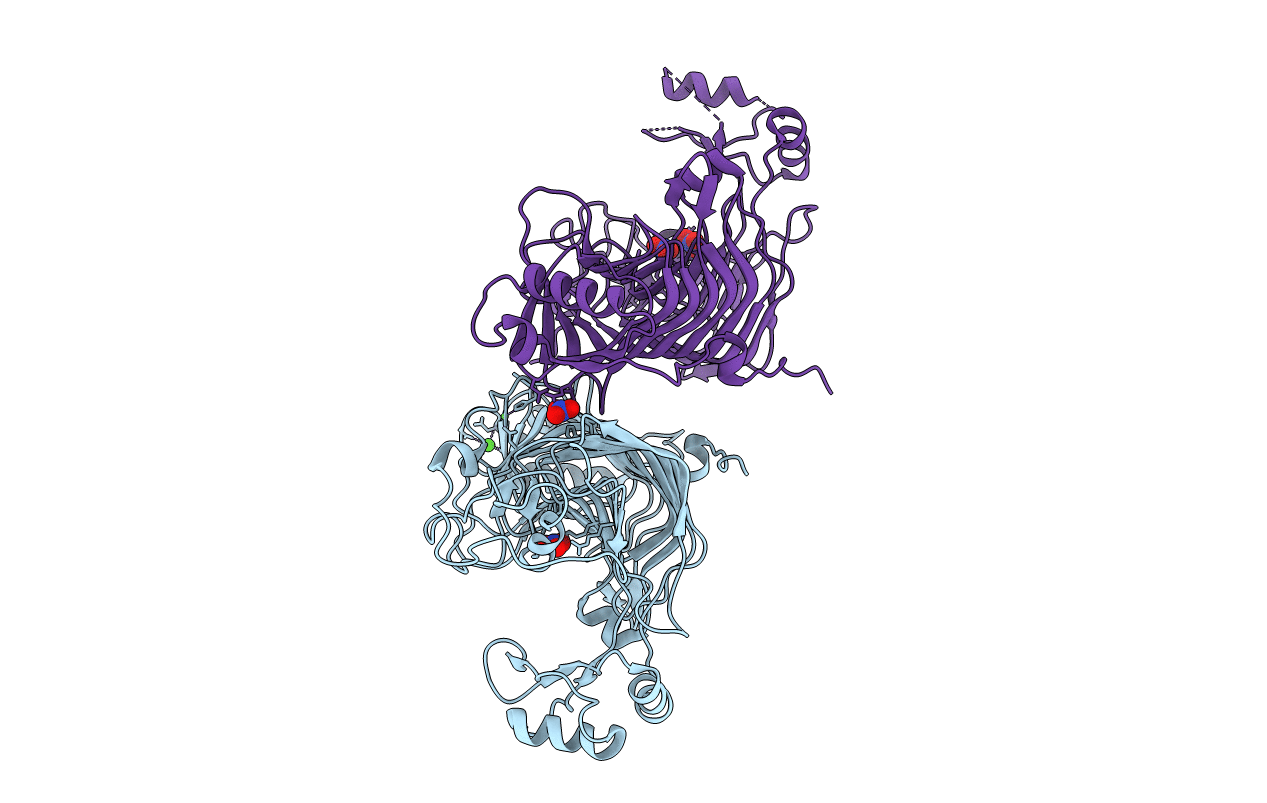
Deposition Date
2010-02-01
Release Date
2010-08-18
Last Version Date
2024-11-13
Entry Detail
PDB ID:
3LMW
Keywords:
Title:
Crystal structure of iota-carrageenase family GH82 from A. fortis in absence of chloride ions
Biological Source:
Source Organism:
Alteromonas (Taxon ID: 116059)
Host Organism:
Method Details:
Experimental Method:
Resolution:
2.60 Å
R-Value Free:
0.26
R-Value Work:
0.18
R-Value Observed:
0.18
Space Group:
P 1 21 1


